Having a completed a half century of RoundTables, the iSPIRT team was back with the 51st RoundTable on what’s currently the hot topic of discussion and debate in the startup community – mobile! A lot of startups are also trying to figure out their mobile strategy and this was evidenced in the great interest shown by startups in participating in this RoundTable. And why not? It’s not too often that you get a chance to deeply interact and learn from senior industry practitioners like Amit Somani, who was the facilitator and Vishal Anand, co-facilitator for the RoundTable.
The participating startups were from different domains (healthcare, HR, payments, consumer services etc.) and across stages (already have something up and running on mobile, tried something on mobile, but didn’t work, yet to figure out mobile strategy and so on). There was a round of introductions with each startup giving a context about their company and industry, the key challenges and their expected takeaways from the RoundTable. The iSPIRT RoundTables are highly collaborative in nature with a lot of peer learning and feedback as part of the discussions. As the introductions were happening, the facilitators were mapping the areas that startups were looking for help to the mobile journey. With the introductions complete, the group had a fair sense of the key areas that would be taken up for discussion during the RoundTable.
One of the first topics that came up for discussion was ‘Activation’ – how do you get the user to make the first action on your app. Many points came up for discussion – coupons, notifications, social/referral and so on. But two stood out, which Amit stressed upon – one was how do you get the users to have their aha moment and secondly, how do you ensure that you’re scaling this in a sustainable way? While the current sentiment seems to be around growth at any cost, Amit mentioned that it’s important to start looking at the unit economics sooner rather than later. Some of the key points mentioned around Activation where:
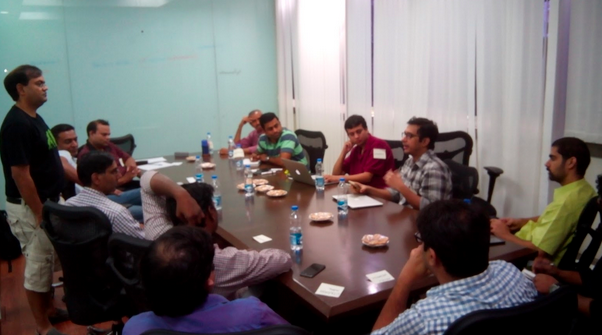
- Coupons:
- This is perhaps the simplest and easiest way, but could you be smarter in doing this? Could you create different segments of users and offer targeted coupons instead of a blanket coupon? E.g. Say, an iPhone user is more valuable than other users. Could you then possibly offer her a higher value coupon?
- You’d also need to be careful about the positioning and perception of your brand? If the focus is on coupons, will you come to be known as brand offering coupons rather than be known for your service? Also, with coupons, are you sure that you’re attracting the right kind of users or you’ll end up acquiring only ‘deal-hunters’?
- While coupons are an effective channel, it’ll be helpful to create segments to as minute levels as possible and offer them to users appropriately.
- Supply Side Users
- Some of the companies participating in the RoundTable were marketplaces that had users on the ‘supply side’ as well. Key points mentioned were – a) show demand to the supply side user. b) Some kind of revenue calculator/estimator. These would help the supply side user get a sense of the demand and then take the necessary action (create listings, upload products etc.)
There were some companies that were still in the early stages of their mobile play or were evaluating how to go about their mobile strategies. Some of the points discussed were around:
- Building in-house v/s Outsourcing
- There is limited availability of high quality mobile developers and designers these days and startups have to compete with some heavily-funded companies for the same talent pool. Given this scenario, does it make sense to outsource mobile development and design? Participating companies had interesting experiences to share. For some of them, outsourcing hadn’t worked well. Some of them were able to find high quality freelancers and engaged them effectively.
- However, one insight that Amit shared found resonance among the audience – one way to perhaps go about outsourced mobile development could be to breaking down the deliverables into design, frontend, backend etc. Perhaps engage a good designer for design and do the rest in-house? Also, in most cases, the backend is core to the company and that’s perhaps something that needs to be done in-house.
- Similarly,
- Does mobile lend itself to a one-time use use case?
- For example, if there’s an app for employees in a company to check and update their records etc, does it really lend itself to a strong use case for mobile? Can one create enough hooks to engage the user to come back frequently to the app?
The next key discussion was around metrics and tools to use to measure the metrics.
- Amit gave a simple, yet powerful formula to look at metrics – Record everything, Track 12 and focus on 3. This will help in identifying the really important metrics and drive the company’s energy to focus and improve on those.
- An ideal comparison for Lifetime Value (LTV) to Customer Acquisition Cost (CAC) is LTV > 3*CAC. In a lighter vein, Amit mentioned that given the amount of marketing spends companies have these days, he’d be very eager to meet and invest in a company that even has LTC = CAC! That said, the importance of thinking through the right economics and working towards it with reasonable visibility is something Amit stressed throughout the session.
- Rather than averages, Amit mentioned it might be useful to look at percentages, have cohorts to measure movement and perhaps look at percentiles as well depending on the metrics.
- (Daily Active)/(Monthly Active) >= 15% is a good number for any app. Also, (Monthly Active Users)/(Install Base) >= 25% is good as well.
- Some of the tools mentioned during the discussion were:
- Google Analytics for simple and basic analytics
- Flurry – gives comparative data and is free.
- AppAnnie – for comparative data
- Appfigures for Ranking / Review and Ratings – Daily reports
- App bot (sentimental analysis on Reviews)
- Crashmetrics – Crash reports
- Uninstall.io – for tracking uninstalls
- Branch.io – post install deeplinking
- Segment.io – integrates different tools used
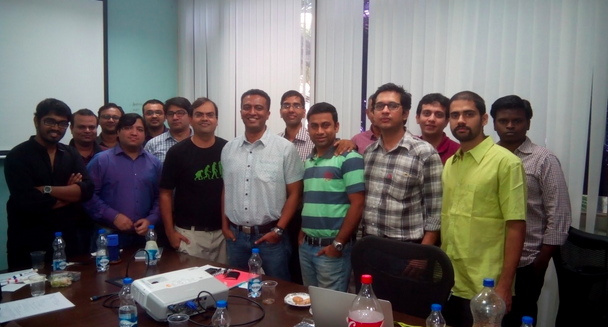
The participants left with a lot of food for thought and actionable takeaways that they hope to put into practice at their startups. There were also some very interesting books recommended by Amit to deeply understand user engagement and get some insights:
- Hooked
- Made to Stick
- Influence


 With the growing penetration of technology, Internet, and digital medium, there is an increasing need for protecting critical infrastructure of the country. If compromised, these infrastructure can bring down the entire nation to stand still. With the nation going Digital India and the Prime Minister himself talking about security frequently, and challenging Indian citizens to create products that will server the nation and the world, we at iSPIRT are taking this
With the growing penetration of technology, Internet, and digital medium, there is an increasing need for protecting critical infrastructure of the country. If compromised, these infrastructure can bring down the entire nation to stand still. With the nation going Digital India and the Prime Minister himself talking about security frequently, and challenging Indian citizens to create products that will server the nation and the world, we at iSPIRT are taking this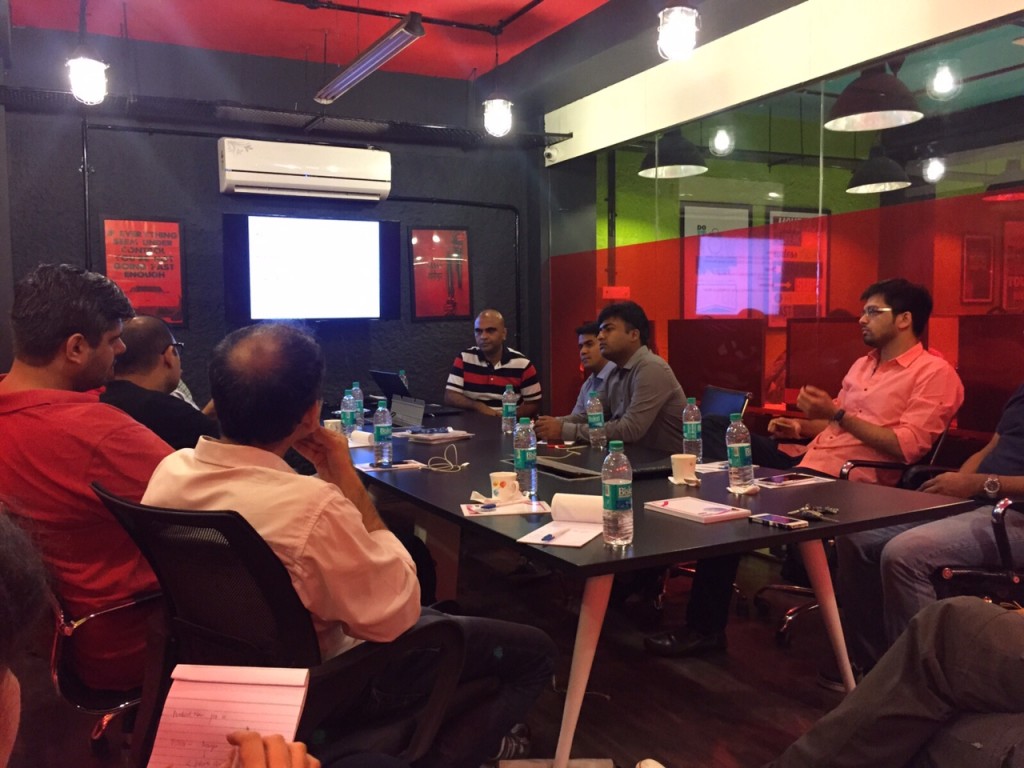 “A great product manager has the brain of an engineer, the heart of a designer, and the speech of a diplomat”
“A great product manager has the brain of an engineer, the heart of a designer, and the speech of a diplomat”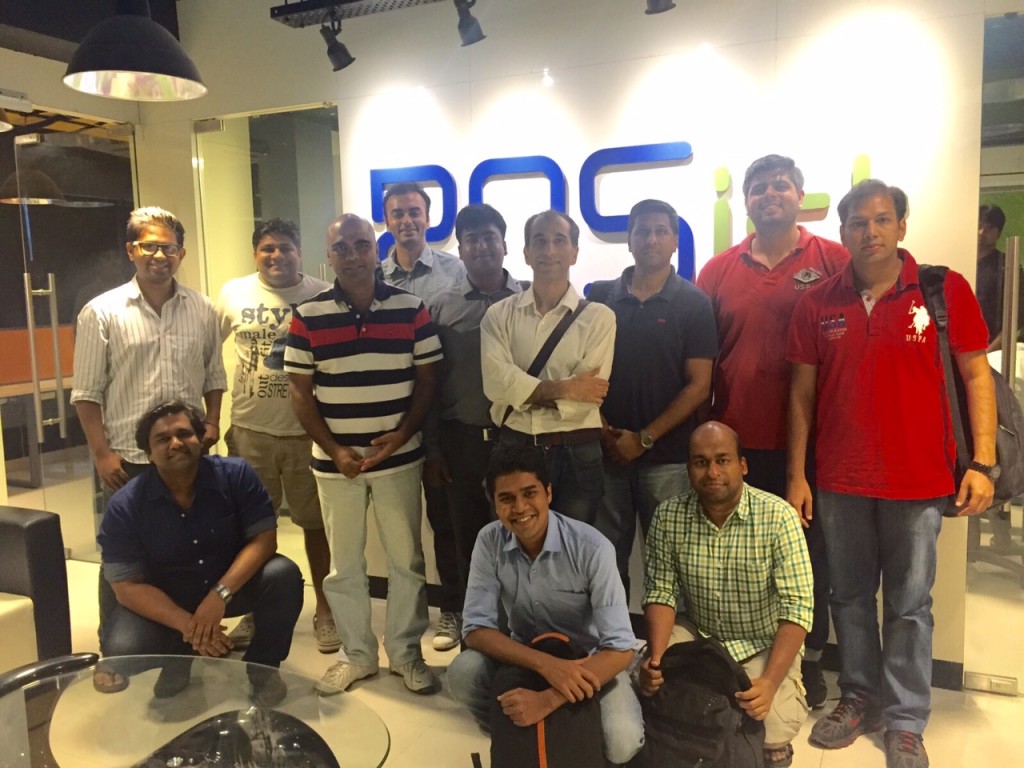 Amit emphasised the importance of tracking the product’s viral coefficient which is the number of additional members every new member brings. It should be greater than 1 for the product to become viral.
Amit emphasised the importance of tracking the product’s viral coefficient which is the number of additional members every new member brings. It should be greater than 1 for the product to become viral.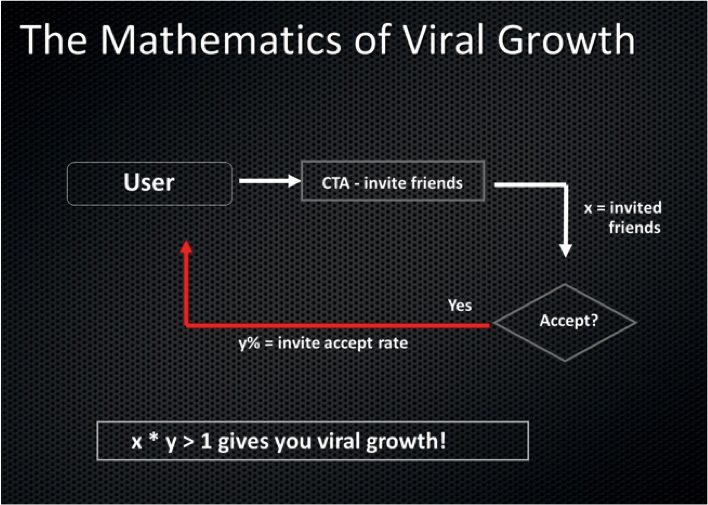
 The first session was about understanding the technology trends that are shaping banking. There was special focus on understanding implications of eKYC, Aadhaar, new payment infrastructure and GST Network. There was also a good discussion how point-solutions by startups are changing banking.
The first session was about understanding the technology trends that are shaping banking. There was special focus on understanding implications of eKYC, Aadhaar, new payment infrastructure and GST Network. There was also a good discussion how point-solutions by startups are changing banking.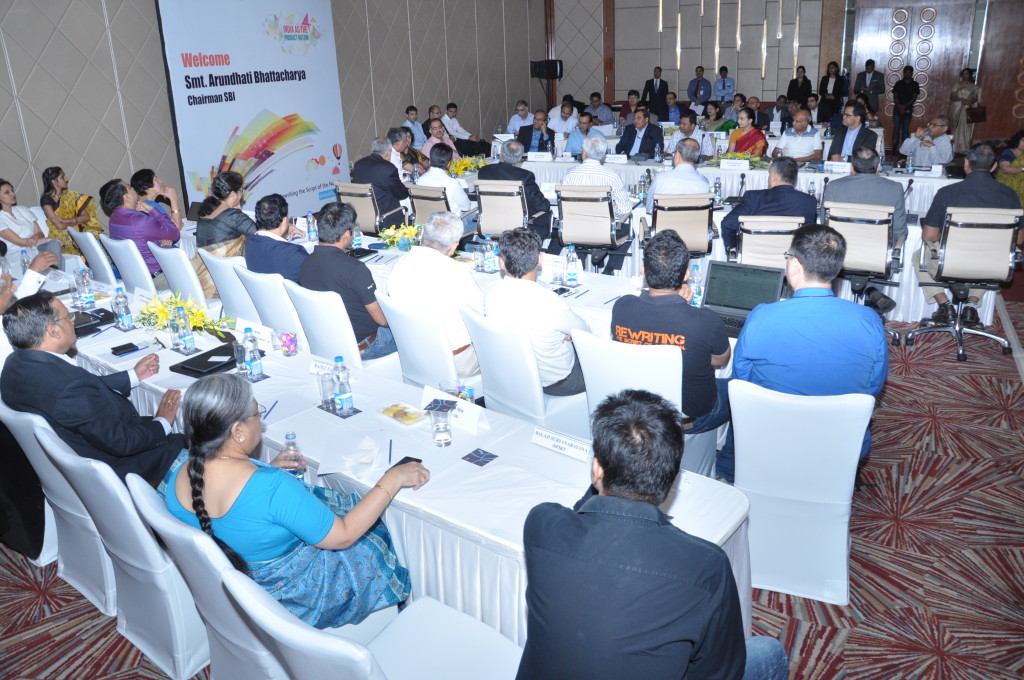 iSPIRT is fostering many such dialogs with not just banking giants like
iSPIRT is fostering many such dialogs with not just banking giants like  Efforts of iSPIRT’s List-in-India Policy Expert Team have reaped the desired results. The securities market regulator, SEBI, has announced relaxed norms for a separate platform to allow “new-age companies” having an innovative business model and belonging to the knowledge-based technology sector to list in the country.
Efforts of iSPIRT’s List-in-India Policy Expert Team have reaped the desired results. The securities market regulator, SEBI, has announced relaxed norms for a separate platform to allow “new-age companies” having an innovative business model and belonging to the knowledge-based technology sector to list in the country.


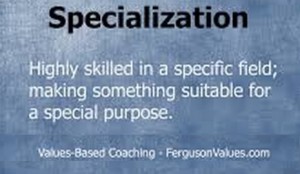
 So on a pleasant Saturday morning , 30th May to be precise, we a bunch of 15 entrepreneurs and few aspiring ones gathered to know how to make it BIG by earning in dollars. United States is by far the biggest market for SaaS companies and if you get it right there you will make it BIG one day.
So on a pleasant Saturday morning , 30th May to be precise, we a bunch of 15 entrepreneurs and few aspiring ones gathered to know how to make it BIG by earning in dollars. United States is by far the biggest market for SaaS companies and if you get it right there you will make it BIG one day. The group agreed that a combination of 2 and 3 would be ideal to reach the right set of customers. Being a category creator – someone who creates a new market needs a lot of investment and F2F interaction. But low cost should not be confused with cheap. We need to build solutions with world class quality at minimal cost thereby passing the benefits to the customers. That creates high value product for them.
The group agreed that a combination of 2 and 3 would be ideal to reach the right set of customers. Being a category creator – someone who creates a new market needs a lot of investment and F2F interaction. But low cost should not be confused with cheap. We need to build solutions with world class quality at minimal cost thereby passing the benefits to the customers. That creates high value product for them. We discussed the marketing process in detail including SEO and Adwords, social media, content marketing, blogging. The importance of google and the traffic it generates is immense so SEO and Adwords are an important piece but the two need different specialised roles. The role of marketing is to get enough leads digitally. These can be through organic search- Google, Yahoo, Bing etc). While google still dominates the majority of the US market, those targeting elderly citizens might want to reach out via Bing as they still have a lot of elderly crowd there. SEO requires identifying your keywords as per the target geography and product. It needs meticulous tracking of keyword ranking every 2 weeks. Fact is if you are not on FIRST page of google, its not worth.
We discussed the marketing process in detail including SEO and Adwords, social media, content marketing, blogging. The importance of google and the traffic it generates is immense so SEO and Adwords are an important piece but the two need different specialised roles. The role of marketing is to get enough leads digitally. These can be through organic search- Google, Yahoo, Bing etc). While google still dominates the majority of the US market, those targeting elderly citizens might want to reach out via Bing as they still have a lot of elderly crowd there. SEO requires identifying your keywords as per the target geography and product. It needs meticulous tracking of keyword ranking every 2 weeks. Fact is if you are not on FIRST page of google, its not worth.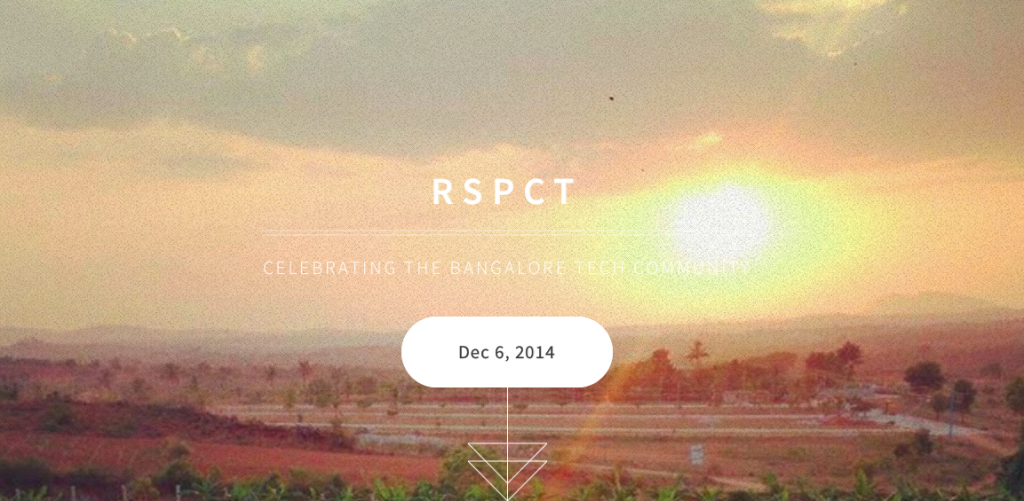

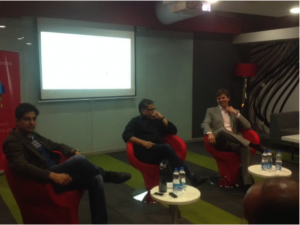


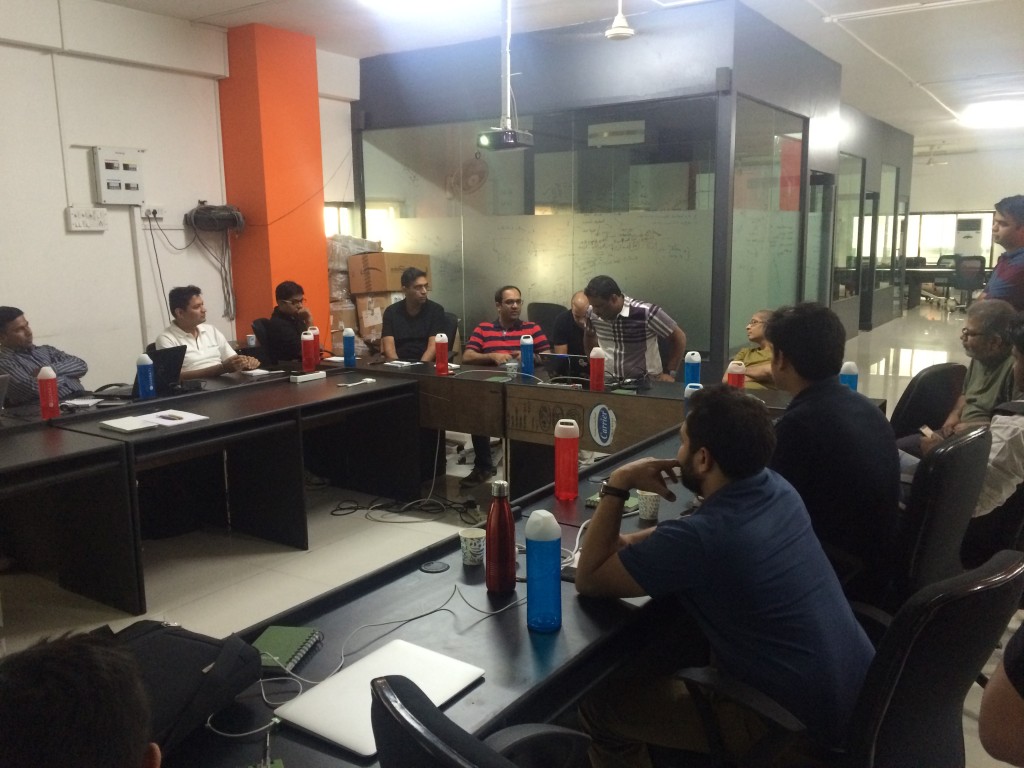
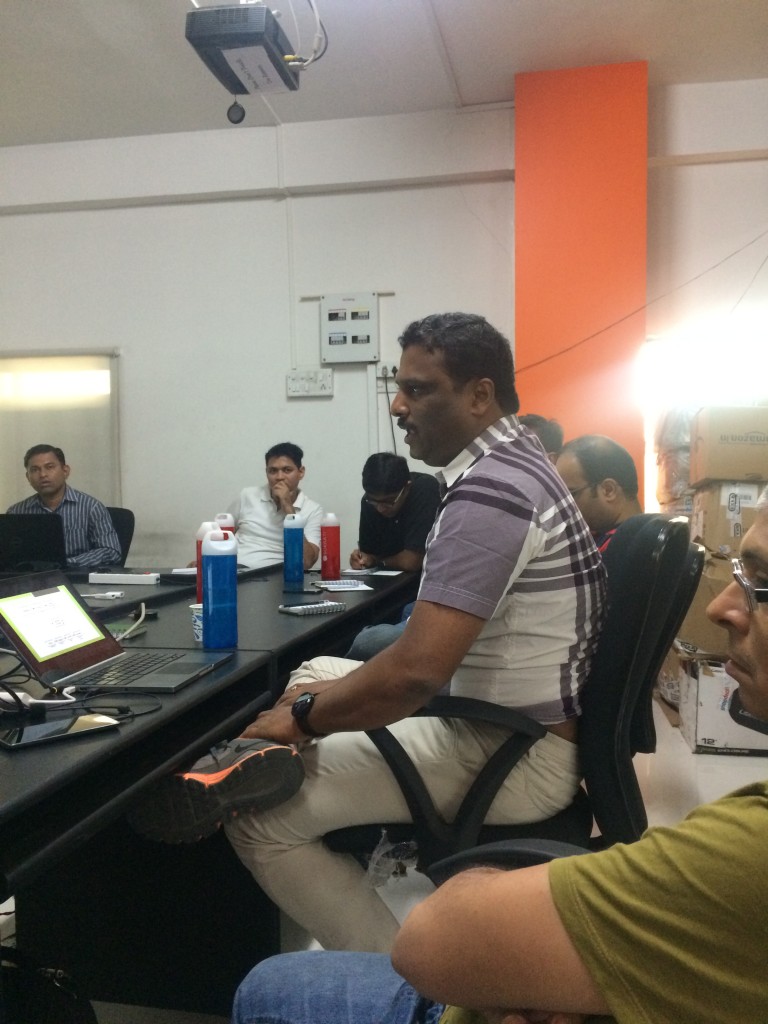
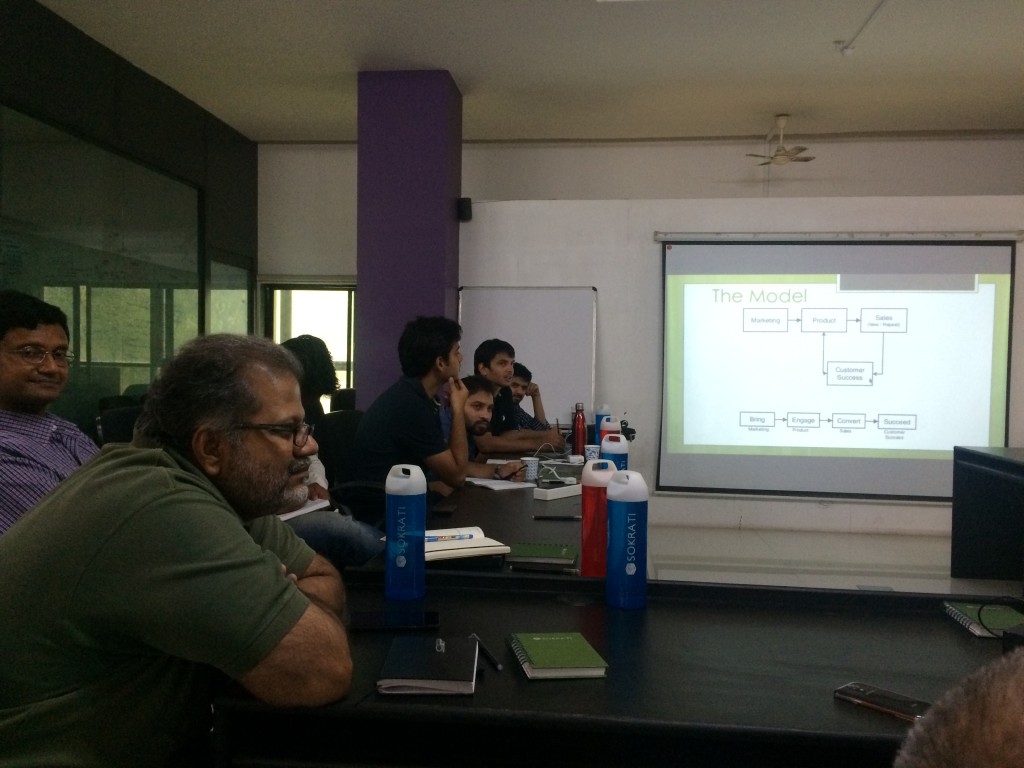
 What was so Infectious? Its the Mirror Neurons, Stupid!
What was so Infectious? Its the Mirror Neurons, Stupid! 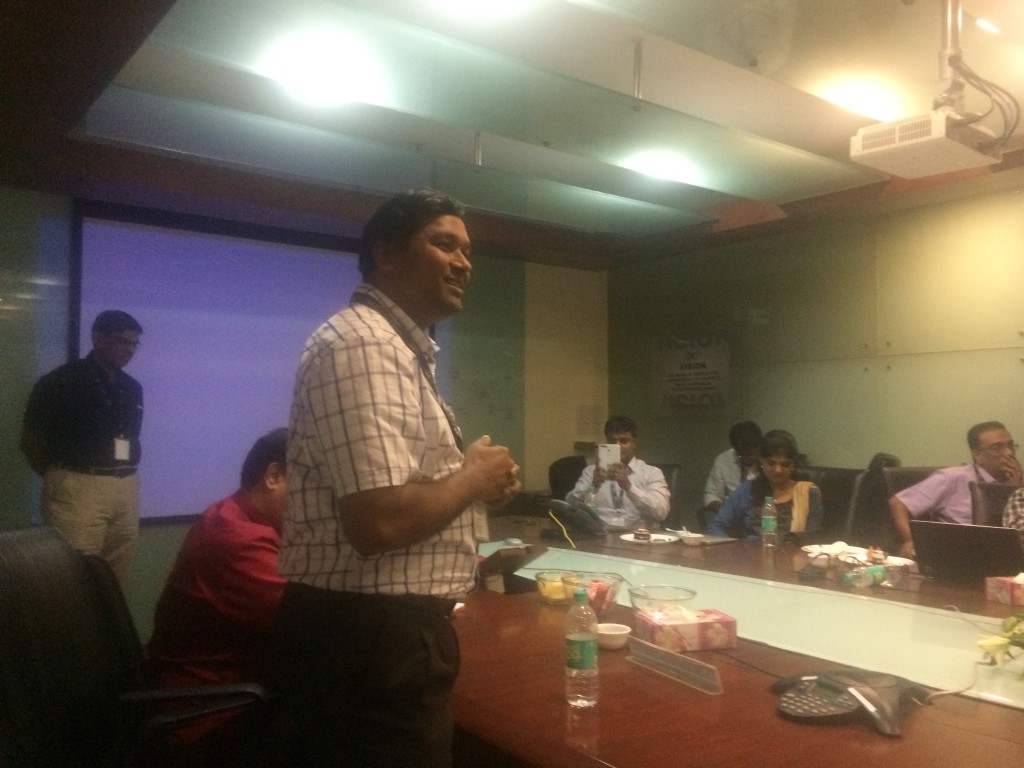 What is the Cure? More Infection. Make India Go Cashless.
What is the Cure? More Infection. Make India Go Cashless.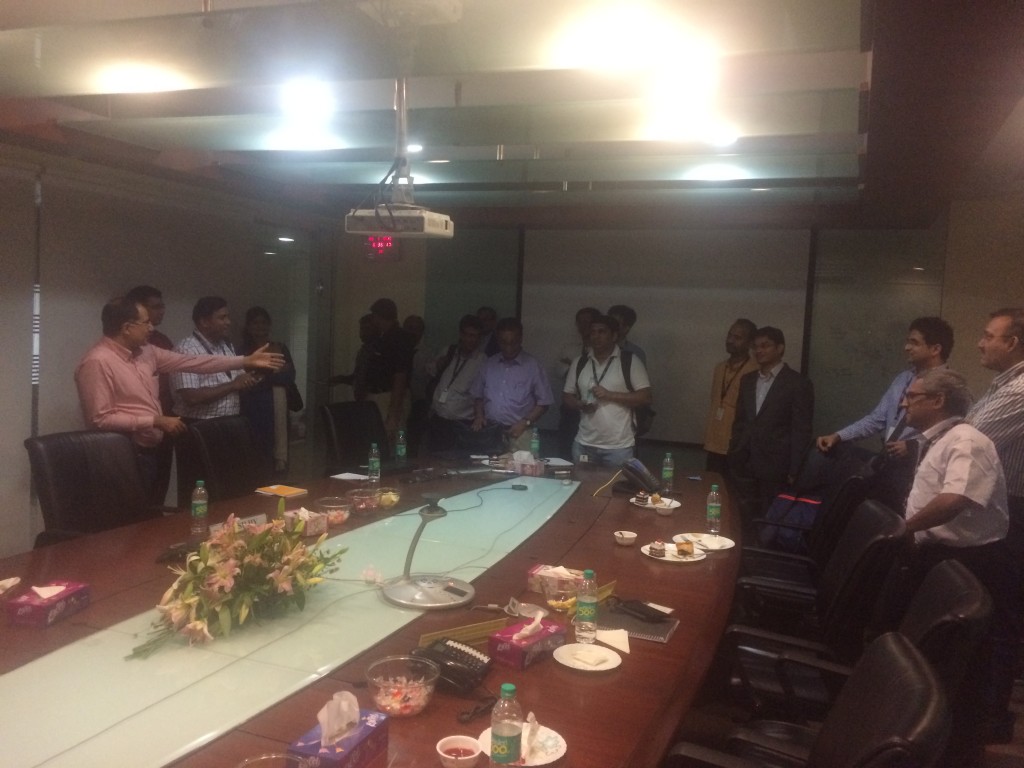 Conclusion
Conclusion